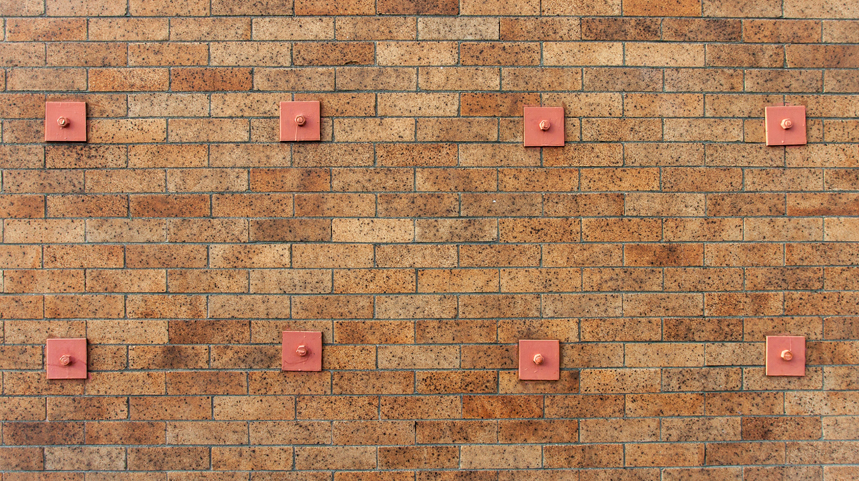According to the United States Geological Survey (USGS), there have been more than 20 “significant” earthquakes in 2018 alone including a 7.9 magnitude earthquake southeast of Kodiak, Alaska and a string of quakes up to 6.9 on Hawaii.
When we talk about the “Big One,” most people envision disasters in coastal California or amid the rainy streets of Seattle, Washington, but the truth is that an earthquake can happen anywhere. Between climate change and man-made interventions like hydraulic fracking to mine fossil fuels, earthquakes are happening all over the United States, including a recent set of 4.2 earthquakes near Enid, Oklahoma and smaller tremors near Cape Girardeau, Missouri.
It’s a good time to consider what you can do to prepare your home for a significant earthquake. Let’s look closer.
 Seismic Codes, Retrofits, and Super Concrete
Seismic Codes, Retrofits, and Super Concrete
The good news is that if your home has been built in the past 40 years or so, it should survive anything but a cataclysmic earthquake. However, it’s important to note that the International Seismic Design Codes are designed to protect people but not to “earthquake-proof” a home.
The most signification preparation a homeowner could make is to hire contractors to retrofit a home to meet seismic code standards. This involves bolting the physical frame of a home to its foundation so it doesn’t slide off during a seismic event. It also involves strengthening walls to prevent them from crumbling during an earthquake, strapping down dangerous items like water heaters and furnaces, as well as adding special shut off valves to gas meters to prevent gas leaks when pipes rupture. A retrofit like the one we’ve described here costs between $5,000 and $12,000 depending on the size of the home. However, many states and municipalities offer compensation, such as California’s Earthquake Bolt + Brace program, which offers up to $3,000 towards an earthquake-relevant retrofit as well as earthquake insurance through the California Earthquake Authority.
Finally, some home building professionals want to look to new materials to help make homes and buildings more resistant to forces like earthquakes. Some are exploring spray foam insulation, a new innovation known to make homes more resistant to weather events, and graphene-enhanced concrete, a new green innovation that could be employed to make homes much tougher and resistant to seismic forces.
 DIY Earthquake Readiness
DIY Earthquake Readiness
Of course, there are a number of things homeowners can do to makes homes safer in the event of an earthquake. Making sure your water heater is strapped down and your gas meter has an earthquake shut off valve are both smart first steps. Propane tanks should also be anchored, as should large paintings, bookshelves, and any other large appliances or furnishings that could injure someone during an earthquake.
A contractor can also use simple bolts and washers to connect the wood frame of your home to the foundation. This isn’t a guarantee that the house won’t be forced off its foundation but it’s a better effort than simply ignoring the risk. A qualified contractor can also offer options for strengthening the foundation of a home such as a wooden backup structure in case the original foundation fails.
Finally, all families should have a basic survival plan in place that includes an off-site meeting place, a contact plan, and survival basics like flashlights, a battery-operated radio, and a cache of food and water.